
Why is xHaul absolutely crucial to the success of 5G? This article will provide an explanation.
What is xHaul?
Xhaul refers to Fronthaul, Midhaul, and Backhaul transmission networks. They connect to each other and eventually connect to the data centers of access to content.
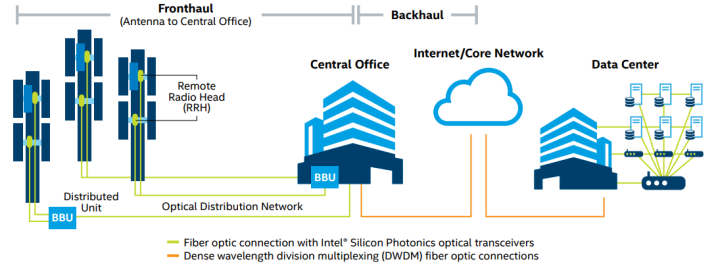
The video will account for 76 % of all mobile traffic by 2025, and guess the location of most video content? You can get it in nearby and distant data centers, which means that the entire fixed wired network between the radio access network (RAN) and the data center must be upgraded to achieve the end -to -end performance commitment of the expected 5G network slicing Essence Mobile network operators (MNOS) will use 5G network slices to support three main categories. Each category has its own network performance requirements:
enhanced mobile broadband (eMBB) requires a significant wired capacity increase
massive Machine - Type Communication (mMTC), it needs to analyze the automation of the driver to the best connect millions of machines to billions of machines (consider large IoT)
ultra-reliable Low-Latency Communications (urLLC), which requires Multi-access Edge Computing (MEC) and deterministic packet-optical transport to achieve extremely low and deterministic latency targets
ultra-reliable Low-Latency Communications (urLLC) requires more access to edge computing (MEC) and defined data packet transportation to achieve extremely low and certain delay targets
Where is xHaul?
In 4G, the fronthaul transportation network connects the remote wireless electric head (RRHS) to the distant concentration/Yunji belt unit (BBUS), and Backhaul connects the BBU to the core of the 4G evolution. In 5G, the new radio (NR) is connected to the BBU, which can decompose it into the central unit (CU) and distributed unit (DU). The new Midhaul connects CU to DU through the new standard 3GPP F1 interface. The 5G return journey was originally the same as the operator focused on providing new EMBB services. It was basically the same as 4G. Although the high bandwidth 5G new radio (NRS) was high due to high performance, it carried more traffic.
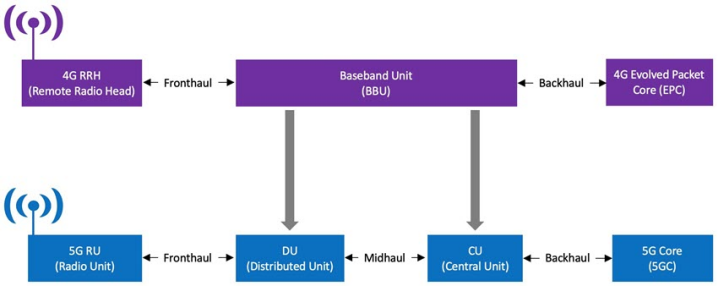
Figure 1: High-level 4G C-RAN vs. 5G C-RAN architecture
The industry has changed significantly to break the open 4G Fronthaul network. Despite the specifications based on the published public broadcast interface (CPRI), these leading networks are eventually closed and proposed. MNO was forced to buy RRHS and BBUs from the same supplier, and due to the high (low efficiency) and strict delayed requirements of CPRI, leading transportation exceeded expensive, and it was usually unavailable dark fibers. Use 5G -This can be changed.
The rate efficiency and scalability are due to the fact that ECPRI carrys layer data between radio and 5G, while CPRI transports the time domain carrier sample of each antenna. This is correct for the large MIMO late antenna system (AAS) radios and more powerful non -code radios, and supports 4G and 5G.
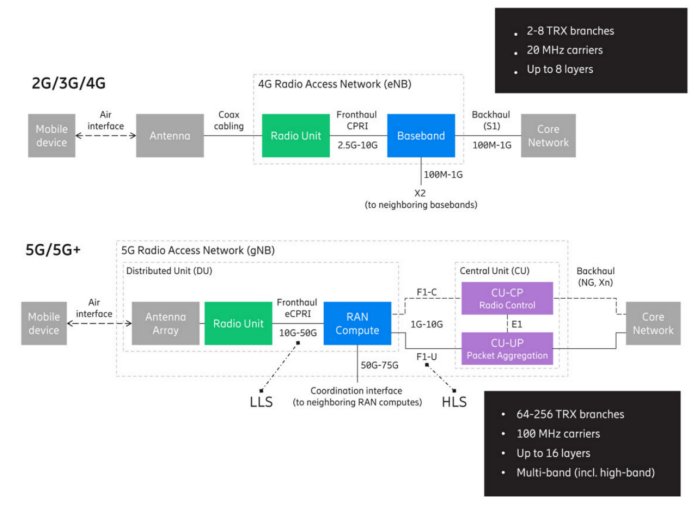
Figure 2: RAN and interface evolution in 5G
Challenges and opportunities in fronthaul networking
With the introduction of the huge MIMO radio, the new 5G spectrum and support of CRANS, supplement DRANS with comprehensive performance, you need to redesign the (R) evolution steps of Fronthaul transportation to cure the challenges facing CSP in deployment.
Fronthaul CPRI rate explosion with massive MIMO radios
One of the main difficulties of deploying 5G through CPRI is the basic function division between radio and CPRI using AAS radio to drive the leading ability requirements higher than 100 GBPS. For Fronthaul network.
As the CPRI multi -way -reused baseband antenna flows to the TDM framework with a constant bit rate, the required predecessor capacity is higher with the number of antenna elements in AAS radio and increases the NR carrier bandwidth. Compared with Figure 4, this is transformed into many fiber or wavelengths and/or expensive photon components, and the optical system and Figure 3 between RUS and basebands between RUS and basebands.
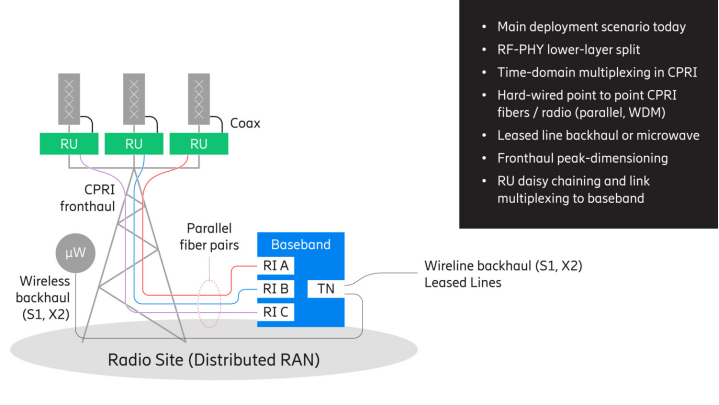
Figure 3: DRAN deployments
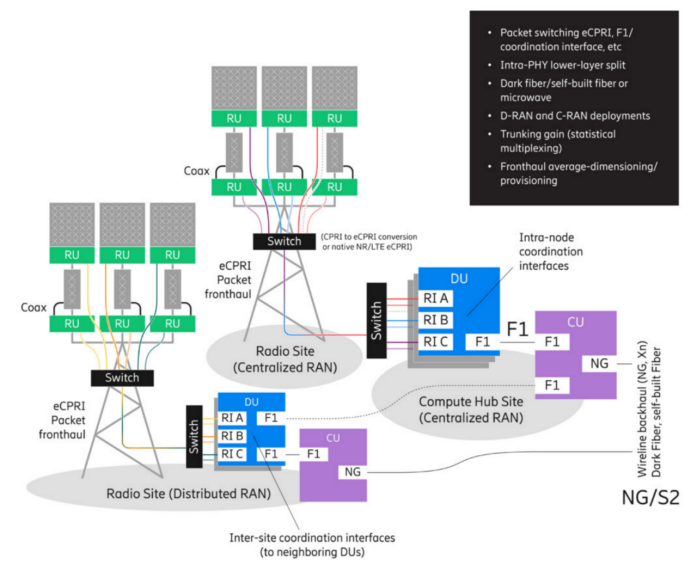
Figure 4: 5G NR deployment scenarios (DRAN, CRAN)
Different transmission characteristics of CPRI and eCPRI
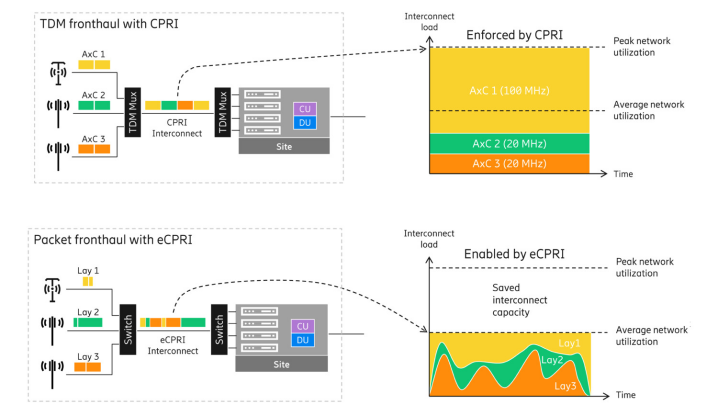
Conclusion
The presented data packet FRONTHAUL framework provides effective, scalable, flexible, future toolboxes, regardless of regional or scenes.
With the growth and development of the mobile network to meet the current 4G LTE needs and welcome the arrival of 5G, there are various architectural options to split protocol functions. Service providers should consider deploying intelligent and automated IP networks for RAN fronthaul.





 INQUIRY
INQUIRY